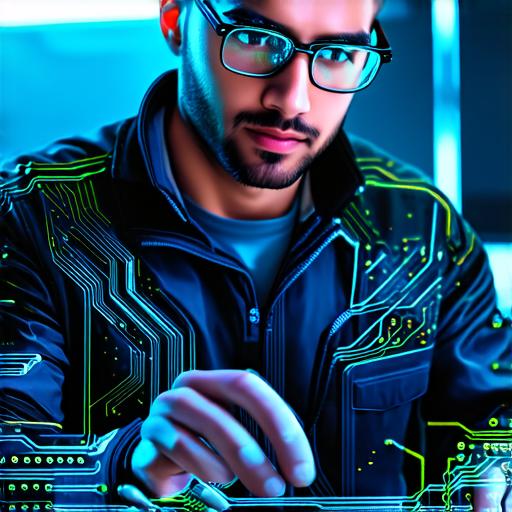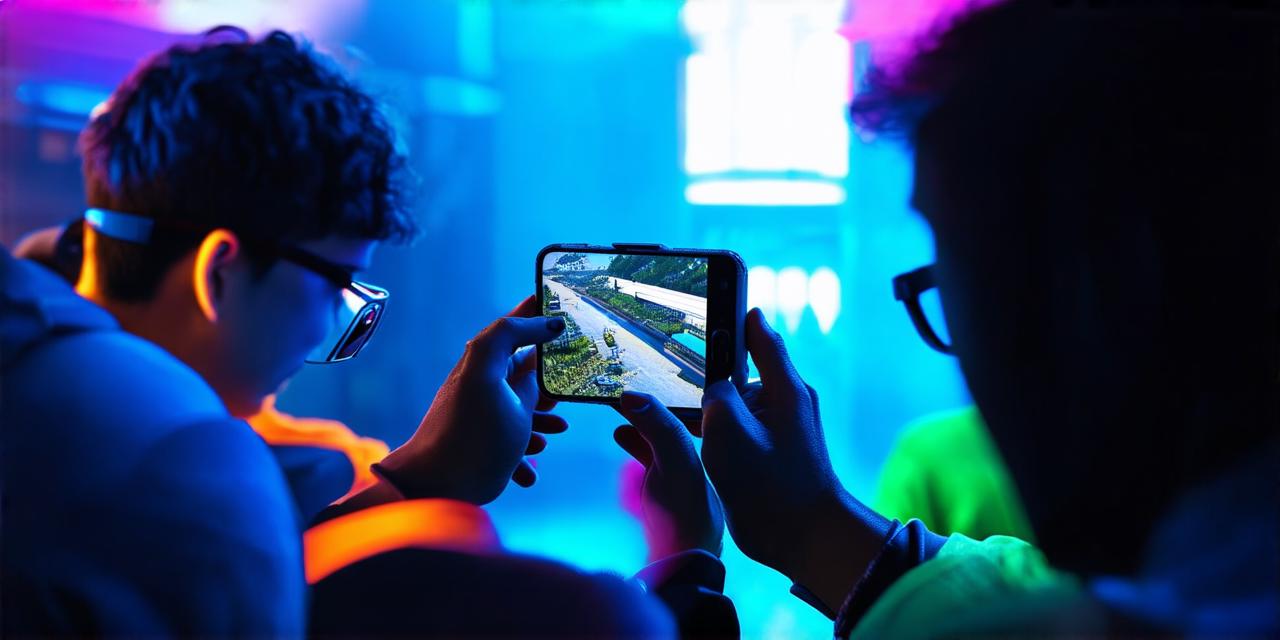In today’s fast-paced and ever-changing world, technology continues to play an important role in shaping the way we live, work, and interact with one another. One such technology that is gaining increasing attention is augmented reality (AR). AR is a powerful tool that allows people to interact with virtual objects and environments in the real world.
1. Retail
One industry that has been quick to adopt AR technology is retail. AR can enhance the shopping experience by allowing customers to see how products would look in their home or on their body before making a purchase. For example, IKEA Place is an AR app that allows customers to see how IKEA furniture would look in their home before buying it. This has been a huge success for IKEA, as it has increased sales and customer satisfaction.
2. Manufacturing
AR can also be used in manufacturing to improve accuracy and efficiency. By providing real-time information and guidance to workers, AR can help reduce errors and increase productivity. For example, BMW has implemented an AR system that allows workers to see how different parts of a car would fit together before assembling them. This has helped improve the production process and reduce waste.
3. Healthcare
AR technology also has potential applications in healthcare. By overlaying digital information onto the real world, AR can help doctors and nurses perform procedures more accurately and efficiently. For example, AR can be used to assist surgeons during complex procedures by providing them with real-time guidance on where to make incisions and how to position instruments.
4. Education
AR has the potential to revolutionize education by providing a more interactive and engaging learning experience. By creating virtual field trips and interactive simulations, AR can help students learn about complex concepts in a more immersive way. For example, the AR app Aurasma allows users to see different objects in the real world and access information about them, such as their history or cultural significance.
5. Entertainment
AR technology is also being used in gaming and entertainment to create more immersive experiences for users. By allowing users to interact with virtual objects and environments in a more natural way, AR can enhance the overall gaming experience. For example, the AR game Pokemon Go has become incredibly popular, as it allows players to see their avatars in the real world and catch virtual creatures in different locations.
6. Marketing
AR technology can also be used as a marketing tool to create unique and memorable experiences for customers. By creating AR-powered product demos and interactive advertisements, companies can engage and entertain customers in a more effective way. For example, Nike’s AR-powered sneaker customization app allows users to design their own custom sneakers using virtual objects and environments.
7. Tourism
AR technology can also be used in tourism to enhance the travel experience for visitors. By providing real-time information and guidance, AR can help tourists explore different parts of a city or region more efficiently and effectively. For example, the AR app CityGML allows users to see 3D models of buildings and landmarks in different cities, making it easier to navigate and explore them.

8. Sports
AR technology is also being used in sports to enhance the overall athlete experience. By providing real-time feedback and guidance, AR can help athletes improve their performance and reduce the risk of injury. For example, the AR app Runalyze allows runners to see their pace and heart rate overlaid onto the real world, making it easier for them to monitor their progress and adjust their training accordingly.
